Free Courses Sale ends Soon, Get It Now


Free Courses Sale ends Soon, Get It Now


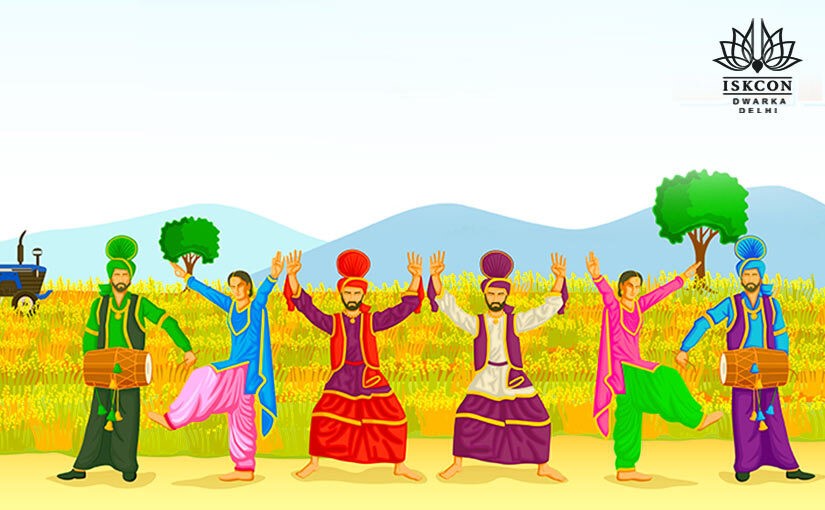
Disclaimer: Copyright infringement not intended.
Context
Details
About the festivals
Baisakhi
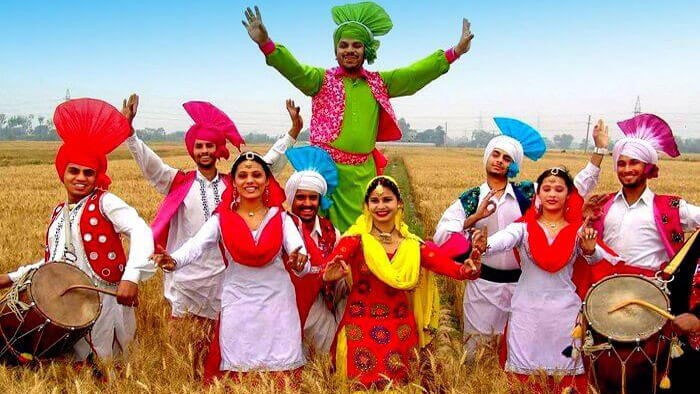
Vishu
Bohag Bihu
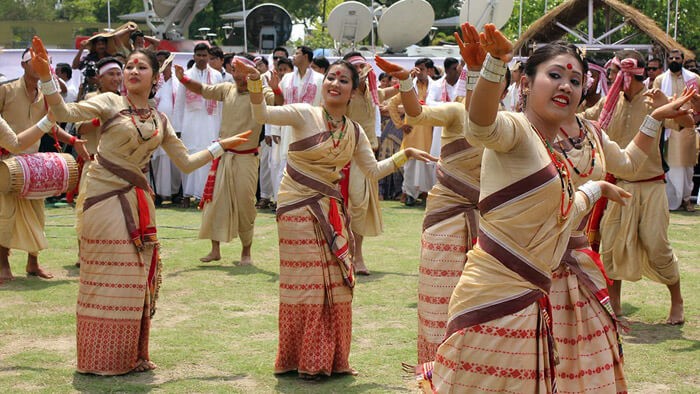
Naba Barsha
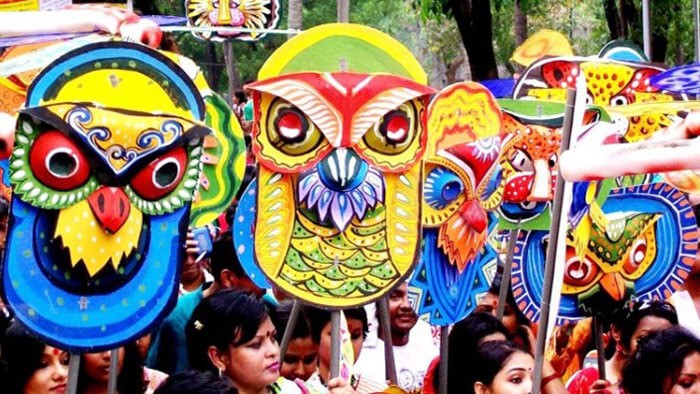
Vaisakhadi
Puthandu
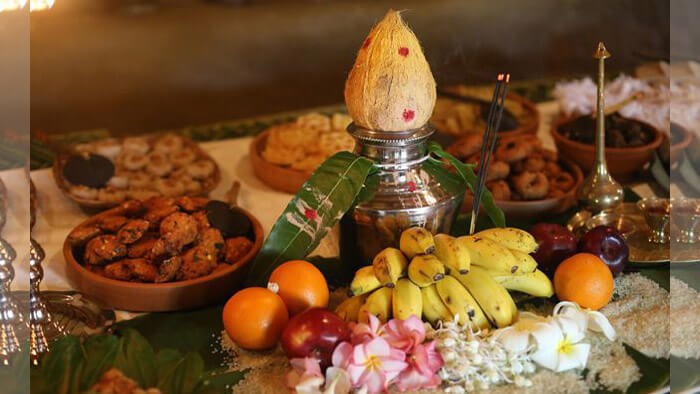
Other new year festivals
Cheti Chand– Sindhi New Year
Gudi Padwa– Marathi New Year
Pana Sankranti– Odisha New Year
Ugadi – Telugu New Year
Bestu Varas– Gujarati New Year
Losoong– Sikkimese New Year
Navreh– Kashmiri New Year
Hijri– Islamic New Year
Losar– Arunachal Pradesh New Year
Nowruz– Persian New Year
|
PRACTICE QUESTION Q) How many of the following pairs with reference to traditional new year festivals in India is/are correctly matched? a. Losar– Arunachal Pradesh New Year. b. Losoong– Sikkimese New Year. c. Pana Sankranti– Odisha New Year
Correct Answer: 4 |
https://www.pib.gov.in/PressReleasePage.aspx?PRID=1916278
© 2024 iasgyan. All right reserved